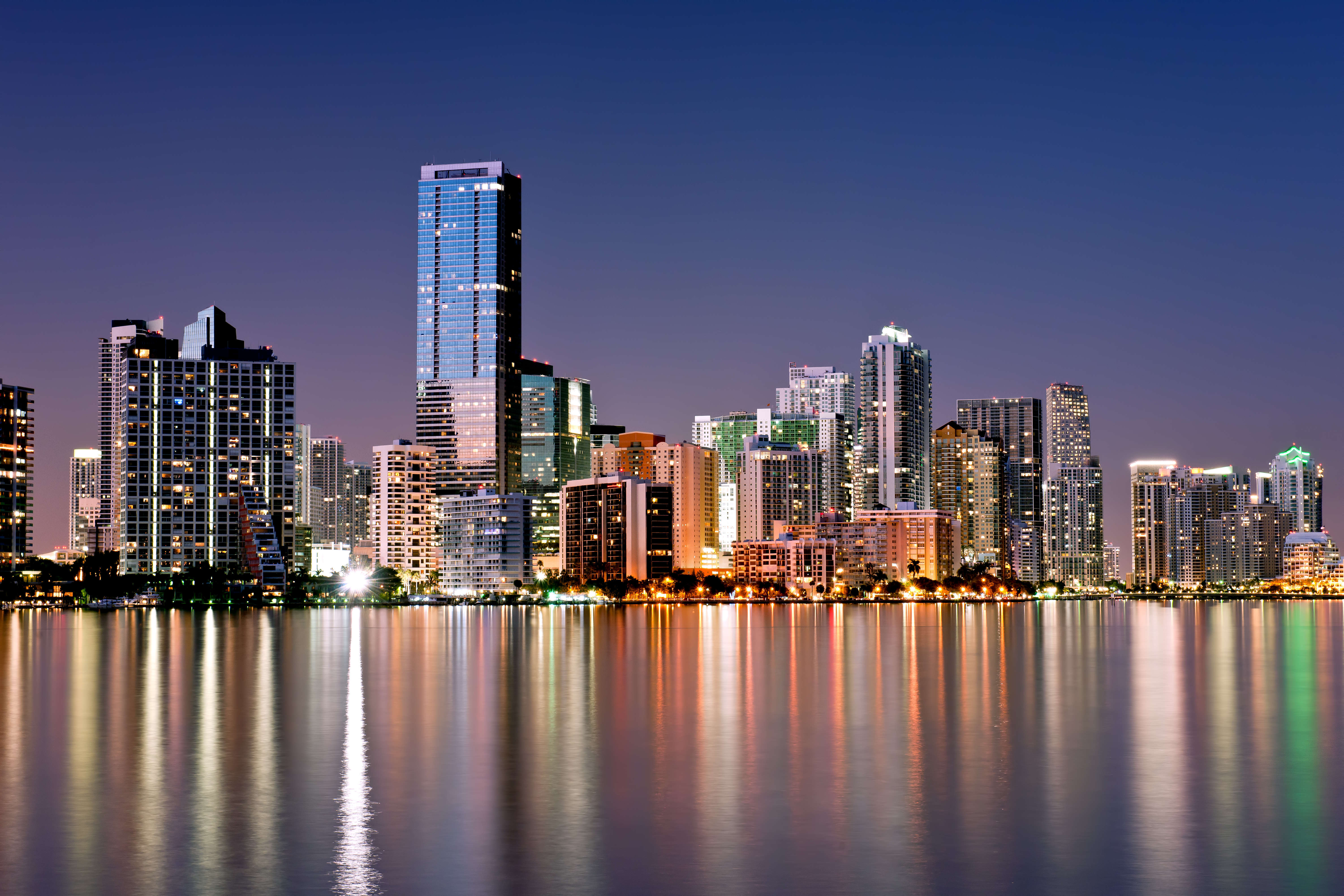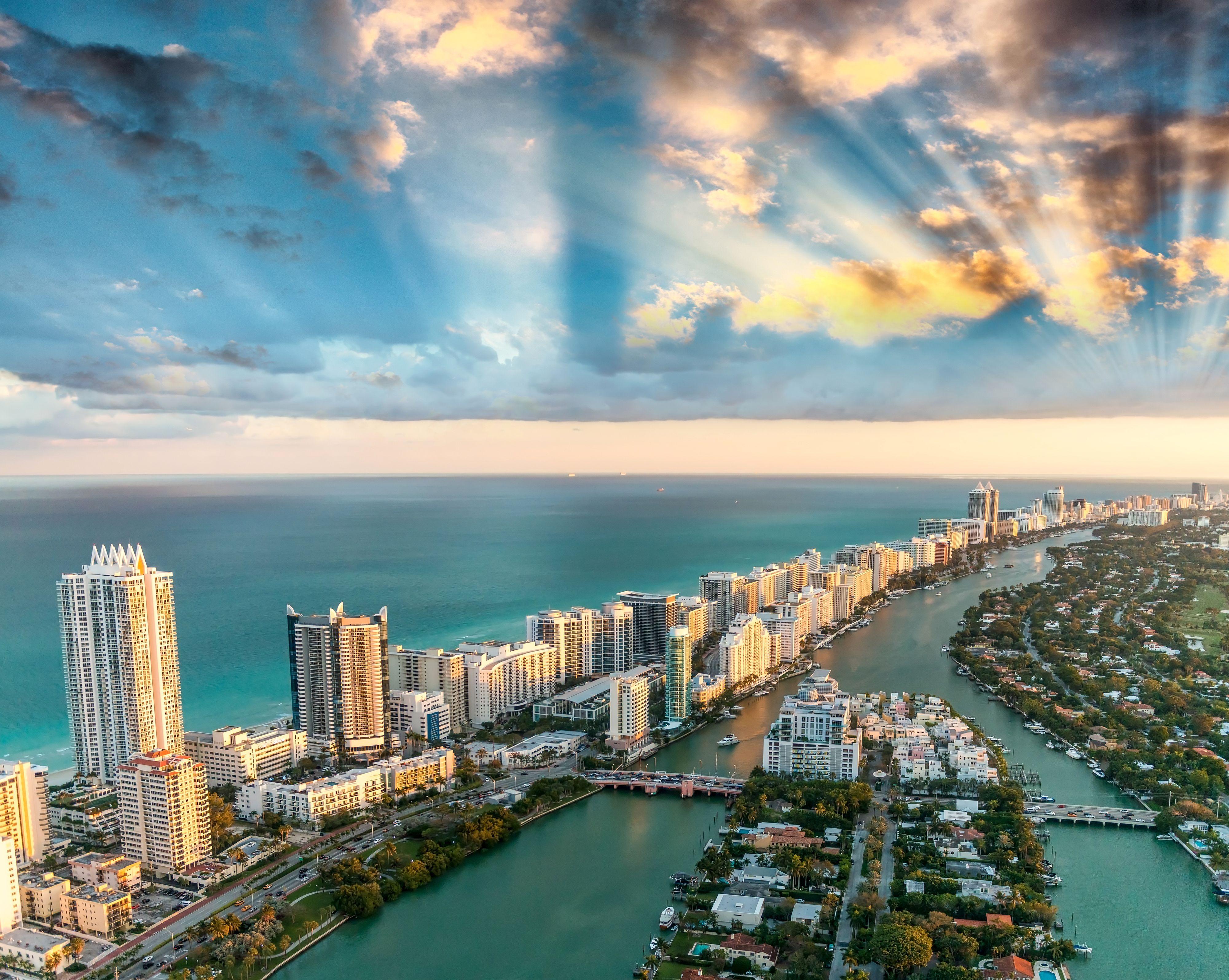
Miami Language Revitalization: How a ‘Sleeping’ Tribal Language Was Reawakened
In the heart of Oklahoma, amidst the rolling plains and the quiet resolve of the Miami Tribe, a linguistic miracle has unfolded. For decades, the ancestral language of the Myaamia people – a variant of the Algonquian language family known as Miami-Illinois – lay dormant, a "sleeping" language with no living fluent speakers. Its melodies, its unique worldview, and its connection to generations of Myaamia heritage were teetering on the precipice of oblivion. Yet, through an extraordinary confluence of unwavering dedication, meticulous academic rigor, and profound community commitment, Miami-Illinois has been reawakened, blossoming from the pages of forgotten texts into the living voices of a new generation. This is not merely a story of linguistic recovery; it is a powerful testament to cultural resilience and the profound, inseparable link between language and identity.
The story of the Miami-Illinois language’s decline is a familiar and tragic narrative shared by countless Indigenous languages across North America. For centuries, the Myaamia people thrived in the Great Lakes region, their language an integral part of their daily lives, ceremonies, and oral traditions. However, the arrival of European colonists brought a devastating wave of disease, displacement, and relentless pressure to assimilate. Treaties stripped the Myaamia of their lands, forced removals relocated them far from their ancestral territories, and the imposition of English through boarding schools and government policies systematically eroded the intergenerational transmission of their native tongue. By the mid-20th century, the last fluent speakers had passed away, leaving a gaping void in the heart of the community. The language, though not entirely lost in written form, ceased to be a living, breathing entity. It had entered a deep slumber.
The seeds of revitalization were sown not in a grand tribal initiative, but in the personal quest of one man: Daryl Baldwin, a citizen of the Miami Tribe of Oklahoma. Growing up, Baldwin felt a profound disconnect from his Myaamia heritage, a yearning to understand the essence of his ancestors. He recalled, "I realized that the primary source of cultural knowledge was our language, and it was sleeping." This realization ignited a lifelong mission. Baldwin, without formal linguistic training, embarked on a journey that would ultimately transform his tribe’s destiny. He began by scouring archives, searching for any scrap of written Miami-Illinois – old dictionaries, grammars, letters, and missionary records, some dating back to the 17th century. It was a daunting task, akin to piecing together a vast, intricate puzzle with many missing parts.
Baldwin’s early efforts were largely solitary, driven by an almost spiritual compulsion to reclaim what was lost. He recognized that for the language to truly live again, it couldn’t just be preserved; it had to be learned, spoken, and integrated into daily life. This ambitious vision necessitated a more systematic and academically grounded approach. In the early 1990s, a pivotal collaboration began with Miami University in Oxford, Ohio – a university that, by a twist of historical irony, shares its name with the tribe, though its founding was not directly tied to the Myaamia people. This partnership proved to be revolutionary. With the support of the university, and crucially, the expertise of linguists like Dr. David Costa, the archival materials Baldwin had diligently collected began to yield their secrets.
Dr. Costa, a specialist in Algonquian languages, played an indispensable role. He helped Baldwin and his team decipher the often-inconsistent transcriptions of early missionaries, reconstruct phonetic systems, and develop a comprehensive understanding of Miami-Illinois grammar and syntax. The wealth of documents, primarily those written by Jesuit missionaries like Father Jacques Gravier in the late 17th and early 18th centuries, proved invaluable. Gravier’s extensive dictionary and grammar of the Illinois language (a close dialect of Miami) became a cornerstone of the revitalization effort. "These early documents were incredibly rich," Baldwin explained in an interview, "They provided the structural backbone of the language." The team meticulously cross-referenced these historical records, building a robust linguistic database, word by word, phrase by phrase.

This intensive research culminated in the establishment of the Myaamia Center at Miami University in 2001, with Daryl Baldwin as its director. The Center became the hub of the revitalization effort, dedicated not only to linguistic research but also to the development of educational resources and community programming. The goal was clear: to transform Miami-Illinois from an academic curiosity into a living, vibrant language spoken by tribal members. This required innovative approaches, as there were no elder speakers to guide pronunciation or usage. Every step had to be carefully constructed from the available textual evidence.
The Myaamia Center embarked on creating comprehensive learning materials. Dictionaries, grammar guides, and textbooks were developed, tailored for different age groups and learning styles. Crucially, they focused on developing a standardized orthography (writing system) that could be easily learned and consistently applied. The emphasis moved beyond mere vocabulary acquisition to understanding the Myaamia worldview embedded within the language itself. For instance, the Myaamia language often describes actions and processes rather than static objects, reflecting a dynamic understanding of the world that differs from English.
One of the most impactful initiatives has been the Niila Myahki Øyoonki ‘Our Language Camp,’ an immersion camp for tribal youth. Here, children and teenagers are immersed in Miami-Illinois, learning through games, songs, storytelling, and cultural activities. This intergenerational transfer is vital, as it cultivates new fluent speakers from the ground up. Parents and even grandparents have also joined in, creating a family-wide learning environment. "When you hear a child speak the language, it’s not just a linguistic triumph; it’s a deep emotional and cultural affirmation," Baldwin remarked. The presence of children learning and using the language is the ultimate measure of success, ensuring its future beyond academic texts.
The challenges were, and continue to be, substantial. Funding is always a concern for such long-term projects. The absence of native speakers meant that nuances of intonation, rhythm, and natural expression had to be carefully inferred from historical accounts or, in some cases, developed through consensus based on linguistic principles. There was also the initial skepticism from some who believed the language was too far gone to be truly revived. Yet, the dedication of the Myaamia Center staff, the unwavering support of the Miami Tribe of Oklahoma leadership, and the growing enthusiasm within the community have overcome these obstacles.
Today, the fruits of these labors are undeniable. While not every tribal member speaks Miami-Illinois fluently, a significant number are actively engaged in learning. There are individuals who have achieved a remarkable level of fluency, capable of conversing, teaching, and even dreaming in Myaamia. The language is now integrated into tribal ceremonies, cultural events, and even everyday greetings. Children are learning it in schools and at home. The tribe publishes books, apps, and online resources, making the language accessible to Myaamia people worldwide. The Miami Tribe’s success has become a beacon of hope, demonstrating that a "sleeping" language can indeed be reawakened, not just for academic study, but as a vibrant, living force in the community.
The revitalization of the Miami-Illinois language is more than just a linguistic achievement; it is a powerful act of self-determination and cultural reclamation. Language is the vessel of culture, carrying traditional knowledge, values, and identity across generations. By bringing their language back from the brink, the Myaamia people have reaffirmed their unique identity, strengthened their sovereignty, and provided a profound sense of connection for their youth. As Daryl Baldwin aptly puts it, "Language is critical to understanding who we are as Myaamia people. It’s the DNA of our culture."
The journey is far from over. Sustaining the language requires ongoing commitment, innovation, and continued intergenerational transmission. The Myaamia Center continues to expand its research, develop new learning tools, and foster an environment where the language can flourish naturally. The Miami Tribe of Oklahoma’s remarkable success stands as a powerful testament to the resilience of Indigenous peoples and the profound, enduring power of language to define, connect, and empower. The once-silent voices of the Myaamia ancestors are now echoing through the vibrant, reawakened words of their descendants, ensuring that their language will speak for generations to come.
/miami-skyline--florida-717173477-634a7f9c2192419eb1234e109a27c8fc.jpg)


